Chinese Name: 终南山 Pronunciation: Zhōngnánshān
Peak Altitude: 2,604 meters
Recommended Visiting Hours: 1-2 Days
Address: Xi’an City, Shaanxi Province, China
Covered Area: 4,851 square kilometers
| Contents | Price | |
| Peak Season (March to November) |
Shoulder Season (December to February) |
|
| Cuihua Mountain | CNY 65 /person | CNY 40 /person |
| South Wutai Mountain | CNY 50 /person | CNY 30 /person |
| Black River Forest Park | CNY 50 /person | |
| Huaqing Palace | CNY 120 /person | |
| Wangshun Mountain | Free | |
| Contents | Opening Hours | |
| Peak Season (March to November) |
Shoulder Season (December to February) |
|
| Cuihua Mountain | 9:00 - 16:30 | 9:00 - 16:30 |
| South Wutai Mountain | 9:00 - 17:30 | 9:00 - 17:00 |
| Huaqing Palace | 7:30 - 18:30 | 8:00 - 18:00 |
| Wangshun Mountain | 8:30 - 16:30 | |
| Black River Forest Park | 9:00 - 17:00 | |
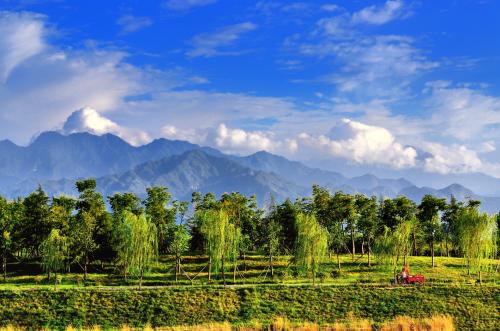
Zhongnan Mountains is located in the middle of Qinling Mountains, 25 kilometers south of Xi’an City. It is also named Taiyi Mountains. (Taiyi is the deity in Chinese myth.) It stretches over Lantian County, Chang’an District, Huyi District, and Zhouzhi County, spreads more than 200 kilometers, and covers an area of about 4,851 square kilometers.
Zhongnan Mountains is famed as the National 4-A Level Tourist Attraction, the National Forest Park, and the National Nature Reserve. The UNESCO officially entitled Qinling Zhongnan Mountains as one of geoparks on August 23, 2009.
The south of Zhongnanshan is the northern subtropical humid zone and the north of it is the warm temperate semi-humid zone. It is the northern boundary of broad-leaved evergreen trees and subtropical plants. For its advantageous geological location, it is an important biological gene pool in the warm temperate zone of East Asia.
There are rare animals and plants represented by Qinling giant pandas, crested ibis, golden monkeys, Qinling golden takins, and Ophioglossum (one-leaf clover). Zhongnan Mountains is enriched with water resources, with 28 rivers, such as the Black River and the Lao River.
From the Paleolithic age about 1,327 million years ago, ancient humans have lived at the foot of the Zhongnan Mountains, where the Chinese civilization was nourished. It is the most representative area of the harmonious coexistence between humankind and nature and is the epitome of the history and culture of the Chinese nation.
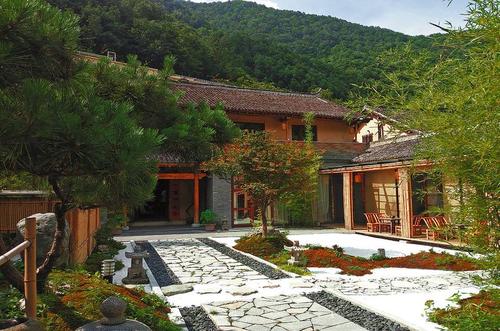
It has 12 national key cultural relics protection units, including Lantian Homo erectus, one important representative of the human resources of Qinling Zhongnanshan UNESCO Global Geopark. It contains four main tourist spots, including South Wutai Mountain and Cuihua Mountain.
Zhongnan Mountains is the birthplace of Chinese cultures, such as Daoism, Buddhism, and filial piety. As the traditional saying goes, Zhongnan Mountains has been the place where multiple Chinese deities live. Thus, many Daoism beliefs originated from Zhongnan Mountains. Since many Daoism deities and hermits had meditated and tempered themselves in the region, different Daoism schools emerged and prospered in Zhongnan Mountains, and then stretched their influence outside China.
Zhongnan Mountains also cultivated many renowned Chinese poets, such as Wang Wei (701-761) in the Tang Dynasty (618-907) who was famed as a “Buddhist of Poems” in China. It is also renowned for being the ideal place for many people to choose to enjoy the hermits’ life instead of the busy and pressured modern life.
In August 2009, Qinling Zhongnan Mountains Geopark was approved to join the Global Geopark Network (GGN) and was renamed Qinling Zhongnan Mountains World Geopark.

In July 2013, Qinling Zhongnan Mountains World Geopark successfully passed the mid-term assessment and continued to be a GGN member.
In November 2015, Qinling Zhongnan Mountains World Geopark joined the UNESCO International Earth Science and Geopark Program and was officially renamed Qinling Zhongnanshan UNESCO Global Geopark.
On November 10th, 2017, the Chinese CCTV documentary “Travel with Tang Dynasty Poetry” was filmed in Cuihua Mountain. It aims to witness the scenery that the famous Tang poet Wang Wei once saw and experience the deep and genuine feeling he had.
On June 16th, 2019, the North Face 100 Qinling International Trail Running (2019 TNF100 Qinling) kicked off at Cuihua Mountain, the core scenic spot of Qinling Zhongnanshan UNESCO Global Geopark. A total of 1,500 contestants participated in the 50 km, 25 km, and 10 km competitions, having close contact with the natural and cultural beauty of Zhongnan Mountains.

As the peak of Zhongnan Mountains, Cuihua Mountain is famous for its spectacular landslide geological relics, supplemented by the splendid meadow and ice landforms. It is the epitome of the magical work of nature, with beautiful and colorful scenery, which is refreshing and fascinating for visitors.
The main landslide landform was formed in the Western Zhou Dynasty (1046 B.C. - 771 B.C.), with complete types and typical structures. Barrier Lakes, Landslide Dams, Collapsing Rock Seas, and Empty Surfaces remain intact, creating Wind Tunnels, Ice Caves, and other strange stone cave landscapes. The scale of landslide ranks the first in China and the third in the world.
There are three major scenic areas, including the landslide, the lake, and the landslide lake in Cuihua Mountain Scenic Spot. The landslide area is renowned as the “landscape museum” for its enormous and varied landforms. On Cuihua Mountain, the beautiful scenery of landslide lakes collapsed stones, and cliffs of multiple shapes are rolling off under your eyes, leaving you an astonishing view.
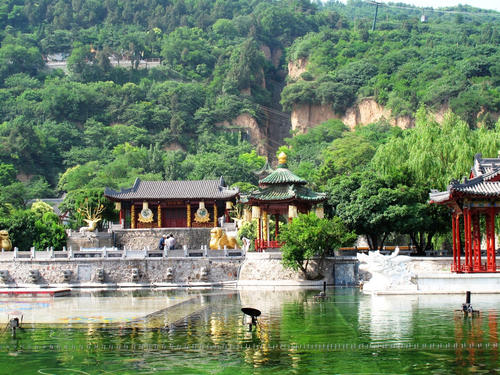
Huaqing Palace is a famous scenic spot in ancient and modern times. It is enriched with the beautiful natural landscape and enjoys a long history. In Huaqing Palace, there is the beacon tower of the Western Zhou Dynasty, the Changsheng Hall of the Huaqing Palace of the Tang Dynasty, and other buildings of cultural significance.
Accompanied by the violent earth movement, Li Mountain gradually rises, leaving enormous gracious geological resources. The main geological relics include cliffs, fault fracture zones, fault breccias, and hot springs.
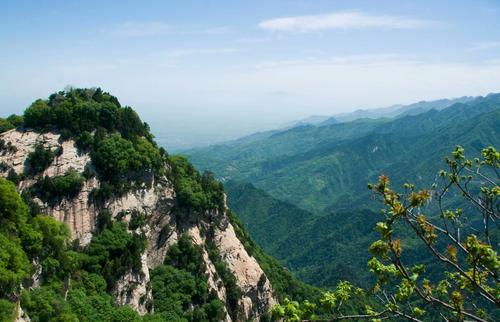
The name of South Wutai Mountain comes from the five peaks of the mountain, and it is located to the south of Wutai Mountain of Yaozhou District in Tongchuan City, Shaanxi. The mountain is one of the sacred places of Buddhism in China, with a large number of Buddhist temples in history.
The main landscape is magnificent and majestic, with various and beautiful forms, which can be described as a geomorphology museum. The core landscape, the granite landscape group, is composed of gray-white medium-fine-grained granite and gneissic granite.
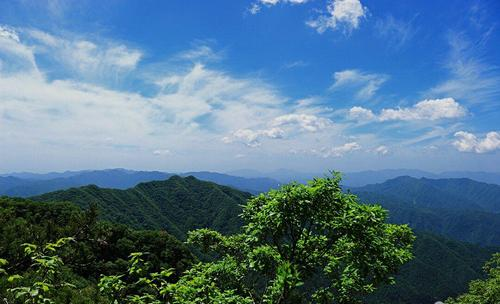
Wangshun Mountain is known as “the First Mountain of Filial Piety” in the world. It enjoys multiple peaks, with deep valleys and well-covered forest vegetation. Its natural landscape and landform characteristics are similar to those of the famous mountain Huang Mountain in China.
Due to the long-term interaction of glacier freezing and melting, water intrusion and erosion, and weathering, Wangshun Mountain has formed a spectacular landscape of peaks and ridges, with different structures of granite, spherical weathering, vertical joints, cliff waterfalls, etc.
The 20-odd peaks, such as Duxiu Peak, Wuyun Peak, West Peak, Lion Peak, Qianzhi Peak, and Peacock Ridge in the scenic spot, bring the tourists a feeling of appreciating a natural and unique landscape painting.
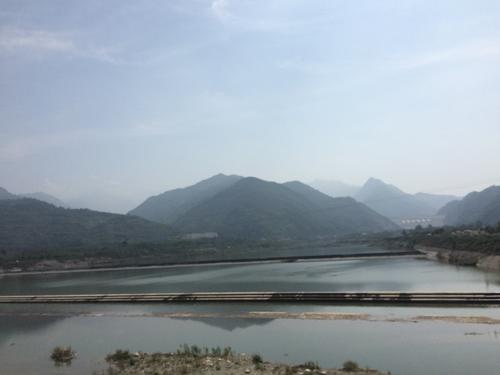
The Black River (Heihe River) is famed as the “Shangri-La in the north of China”, where you can witness magnificent glacier relics, natural alpine meadows, mysterious virgin forests, beautiful canyons with clear waters, and strange peaks. Rare wild animals such as giant pandas and takins are living here.
Except for its natural scenery, the Black River Nature School, established in August 2014, provides activities such as climbing adventure and parent-child camping, bringing you an unprecedented travel experience.
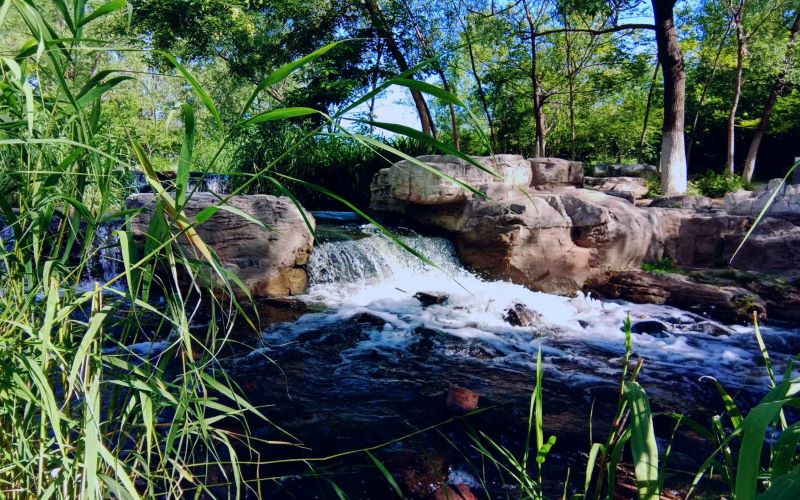
The famous traditional Chinese story, The Return of the Condor Heroes, begins in Zhongnan Mountains. The protagonist, Yang Guo, hid in Zhongnan Mountains to avoid his opponents, fell from cliffs, and then met Xiaolongnü, a mysterious maiden of unknown origin. After ups and downs, they returned to Zhongnan Mountains to live a peaceful life. It can be said that Zhongnan Mountains witnessed their remarkable romance. Thus, people often recall this couple when they mention Zhongnan Mountains.
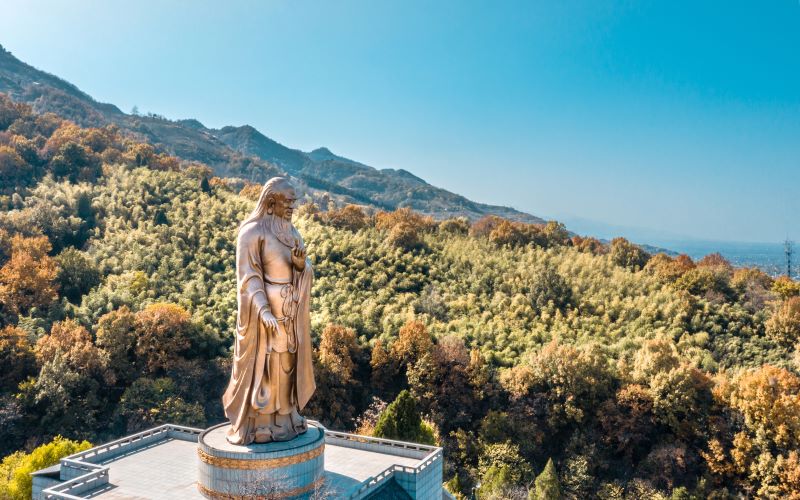
It is said that Dao De Jing (Tao Te Ching), the fundamental and profound text of Daoism, was written by Laozi at Louguantai of Zhongnan Mountains. Daoism was born here and then became the main philosophy and belief of China. Legend has it that Louguantai was the place where Laozi introduced Daoism concepts to other people.
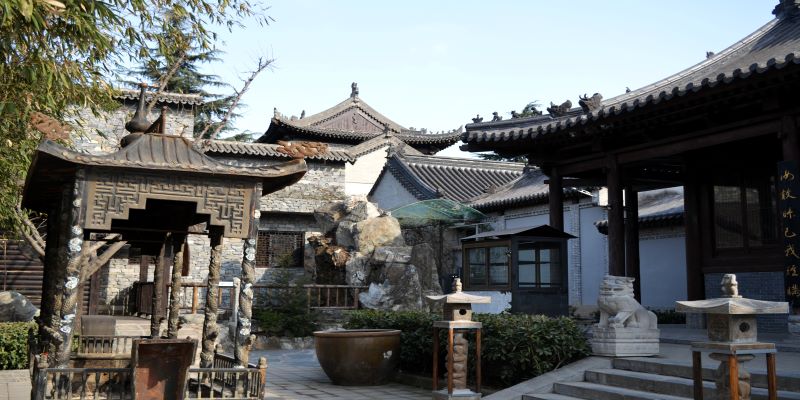
The ancient Guanyin Temple at the foot of Zhongnan Mountains was built in 628, with a history of about 1,400 years. It is one of the thousand-year-old ancient temples in Zhongnan Mountains. According to historical records, the ancient Guanyin (Bodhisattva) Temple was built on a large scale, including Mountain Gate, Main Hall, Bell Tower, and Drum Tower.
It covers an area of more than 20,000 square meters. In recent years, every November, Guanyin Temple will become trendy because of the millennium-age ginkgo tree. It is said that the tree was planted by Emperor Taizong of the Tang Dynasty.
In general, Zhongnan Mountains is worth visiting all year round. Summer and Autumn will give you a better travel experience for the warm temperature. You are more likely to witness the mountain beauty in summer and participate in some recreational activities.
Winter will give you the different scenery, which is indeed a hot-spot view in winter. Many visitors will come here to enjoy the snow scenery and sports activities in winter.
1. You should take an emergency kit with necessary drugs because emergencies might happen on the journey of climbing mountains.
2. You should take coats in summer because the high altitude of the mountains may make you feel cold.
3. You would better travel with your partners while visiting some dangerous spots, such as steep mountains, forests, and rapids.
4. You should take care of the geological relics and natural beauty. Scribbling on the relics is not permitted.
Chinese: 请带我去终南山地质公园。English: Please take me to Zhongnanshan Global Geopark.
If you go to Zhongnanshan Global Geopark from Ibis Styles Hotels (city center), it takes about 70 minutes (about CNY 110).
If you go to Zhongnanshan Global Geopark from Xi’an Xianyang International Airport, it takes about 100 minutes (about CNY 250).
If you go to Zhongnanshan Global Geopark from Xi’an North Railway Station, it takes about 1.5 hours (about CNY 185).
If you go to Zhongnanshan Global Geopark from Xi’an Railway Station, it takes about 1.3 hours (about CNY 125).
